If there is one inescapable discussion that accompanies any collector vehicle, it is the degree of that vehicle’s originality and authenticity. Walk through any auction tent or concours, and you’ll hear healthy banter about provenance and varying levels of restoration. The topic is often more than idle chat between enthusiasts; when it comes to undertaking a truly authentic restoration or making a seven-plus-figure purchase, the stakes are much higher. Enter the very specific, detailed world of vehicle authentication and forensics.
This behind-the-scenes work rarely commands attention, and understandably so – vehicle analysis is performed via private consultation, often ahead of a potential transaction. We were curious to better understand the process, so we reached out to two industry professionals to learn more.

Chris Kramer wears a lot of hats. Headquartered in Cologne, Germany, you can find him working across the globe as a concours judge, automotive historian, marque expert, restoration supervisor, and vehicle evaluator. Specialising in Mercedes-Benz, Porsche, and other German, Italian, French, and British brands, Kramer has amassed decades of time analysing and documenting high-end collector vehicles.
Though she came to cars from a background in art, Dr. Gundula Tutt has established herself over the last twenty years as an expert in the historic material palette of cars, with a primary focus on vehicle coatings and fabrics. She prides herself on bringing an academic approach to the industry, submitting work for peer review and involving other experts in a Socratic approach. Her efforts are used to authenticate cars as well as to facilitate restoration with historically appropriate methods and materials.
That Kramer and Tutt extend their work to a variety of facets in the industry also says something about the activity of authentication itself: It is much more than simply determining whether a car is real or a forgery, or if the car has been properly represented by a seller. As with people, any car that lives long enough is bound to have stories. The evaluation process works to understand as many details of a vehicle’s story as possible, and thoroughly establishes the nature of a car at a given moment in time.
My separate conversations with the two each take the methodical cadence you might expect from people who analyse things for a living. Kramer begins by setting the table.
Context
“Cars were basically instruments to take people from one place to another,” he says. “Of course, they had issues and needed to be repaired. In the early age of cars and even into the postwar period, nobody cared about what people would think and do 40, 50, 100 years down the road.”
Indeed, these were days when phrases like numbers matching weren’t even in the lexicon. Decades ago, the work that made a car less original was often considered a good thing. “For example,” says Kramer, “it was known that the four-cam engines on the early Porsche 356 Carreras frequently had issues and would sometimes just blow up, even with low miles, for no reason whatsoever. And when an engine was replaced, people would be happy that the Porsche warranty card would note the date of the repair and what was done to the car.”
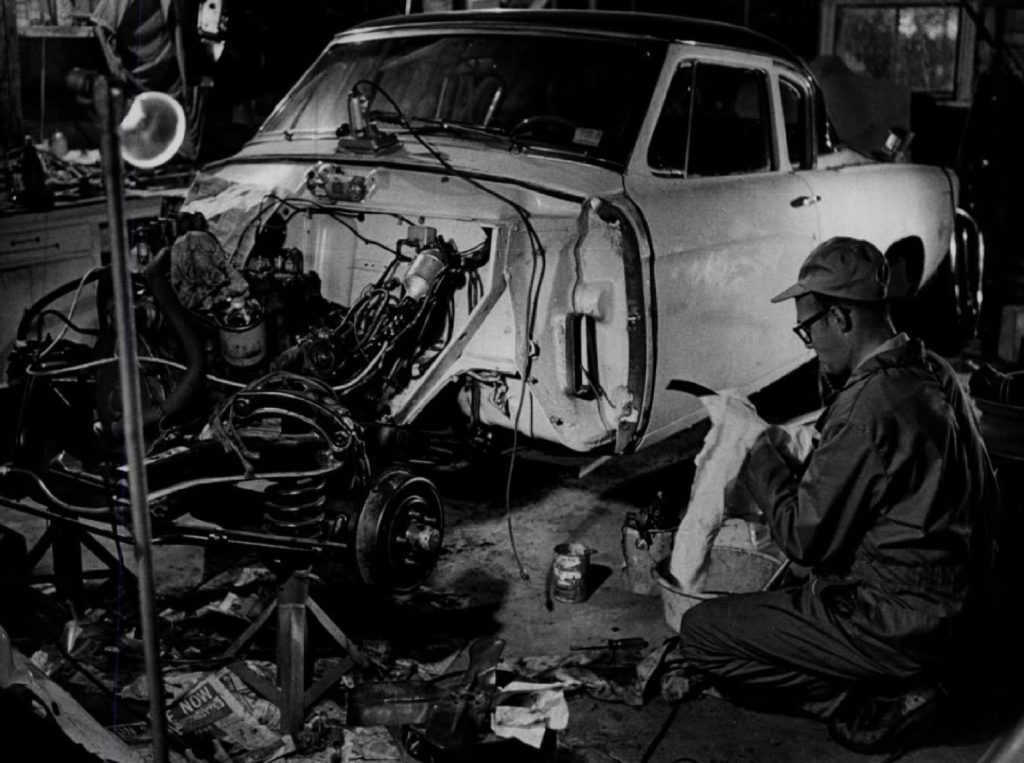
That’s one well-documented chapter in a car’s life – there are usually countless more unrecorded or poorly noted events that also add indelible impressions. Time spent aging in the elements, fender benders, personalization or restorations with parts from another car – often done with the pure intent of keeping the vehicle functional and on the road – all those moments take the car steps further from the state in which it left the factory and create more layers for authenticators to sift through
The human element
Because of these untold numbers of variables, both experts articulate that this work requires extensive analytical prowess only gained by experience. “The tools we use provide data, but they do not decide what we’re looking at,” says Tutt. “They only give you a hint, and human intelligence has to then fine-tune and evaluate it.”
“For instance,” she continues, “a colleague of mine has a Russian motorcycle from the 1980s, and when he performed a metal analysis on it, he thought, ‘Oh my goodness, we have a problem here – the metal measures like prewar steel.’ Factors including the source of the metal along with the factory and its processes provided a data outcome that required additional historic knowledge and context.”
Kramer agrees, highlighting the level of specialised knowledge required. “An expert is somebody with a universal knowledge,” he asserts. “I think you can only develop specialty knowledge on certain vehicles.” That includes everything from the ability to analyse factory markings (the same way you’d authenticate an autograph), knowledge of how the car was assembled, and an encyclopedia of minutiae that’s on a level with – or sometimes exceeds – that of those who originally built these cars.
Another key human factor in this work is the need for a common language. Shared definitions enable absolutely clear understanding between the evaluator and client, and buyers and sellers. “This is fundamental,” asserts Kramer. “The car that rolls off the assembly line is the authentic vehicle, and it’s original. Once it’s repaired, even if it’s just an exchange of some filters, it remains authentic but is not completely original any longer. People mix up these terms and others regularly. You need to start with definitions before you go into the forensic work so people are on the same page.”
Tutt feels similarly strongly about this and has endeavored to spread this common language by compiling and writing the Heritage Dictionary of Historic Vehicles, translated from her native German to English with help from Hagerty.
With that shared language now in place, the client and the advisor can work together to establish an objective and set expectations.
The analysis itself
The work can now begin, and it typically kicks off with documentation. There are assurances and flags in a car’s historical records, and they help reveal any potential pitfalls or areas that will need special attention. “Where has the car been? How did the car live? Do we have gaps in the records? Do we know when the car was restored and who restored it?” Kramer rattles off a laundry list.
Against the evaluator’s knowledge of the car, the database resources available, and of course the car’s own paperwork, the car gets checked. Any identification numbers on the car will be confirmed, their locations verified. Stampings are analysed for font and positioning – this is a prime example where a database is essential for visual reference.
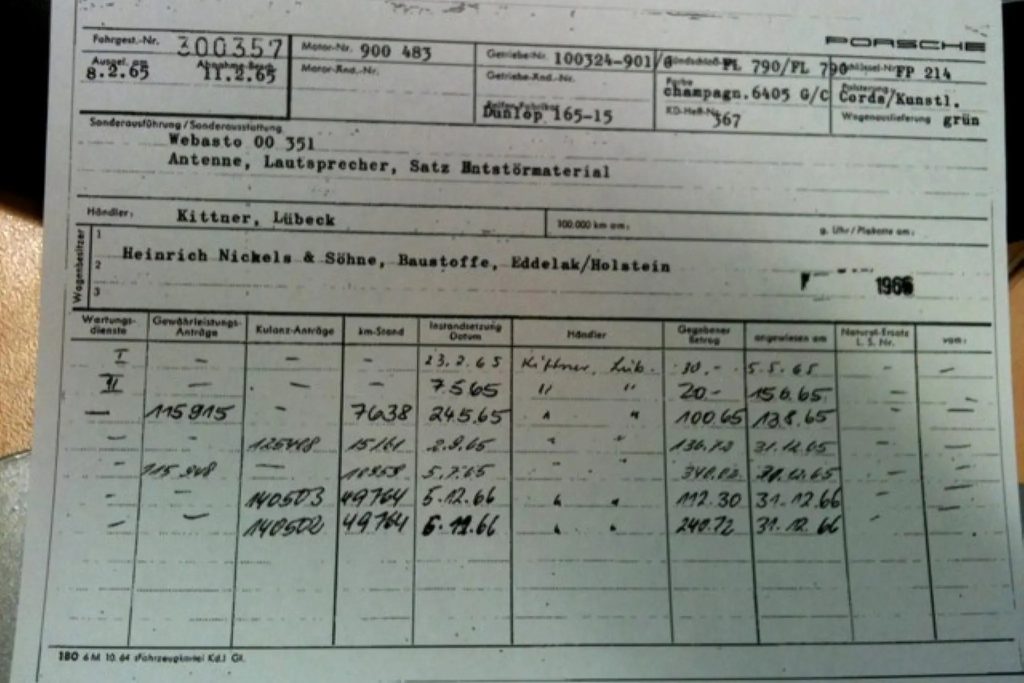
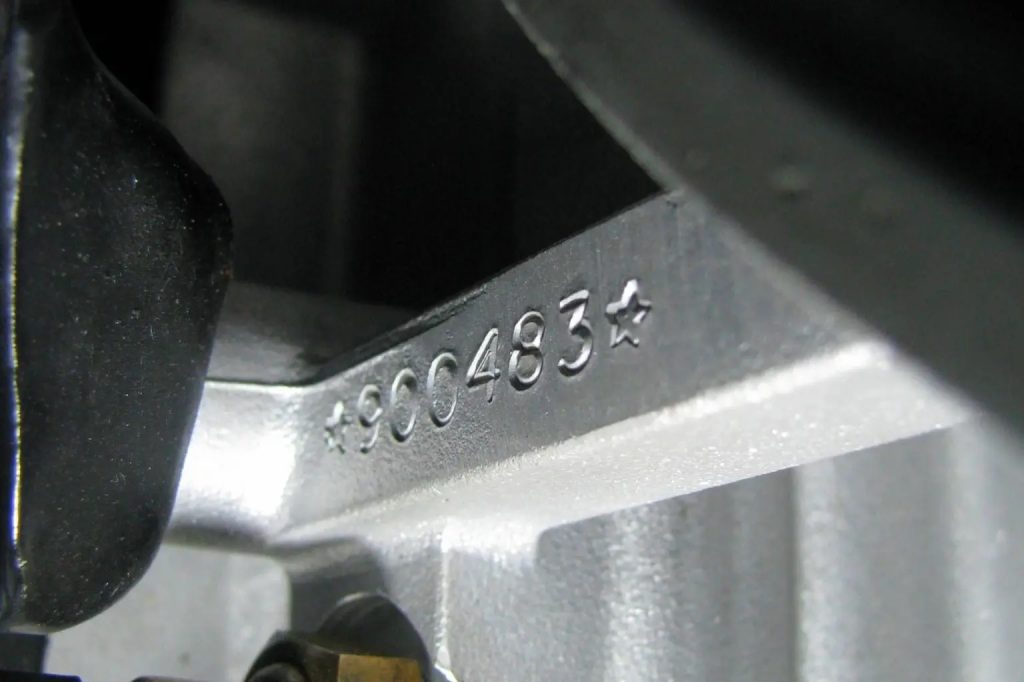
In an authentication-related evaluation (vs. a restoration-driven one, which by its nature will involve invasive forensic efforts), this is about the time that things can transition to a more heavy-duty effort. “When you find something you think is fishy, you can elevate from one level to the other,” says Kramer. “You would first check the numbers. Then if you still think that there’s something wrong, then you can say, ‘Okay, we need to do a material analysis.’”
Using magnetic imaging technology originally used for tracing guns that had their serial numbers filed off, authenticators can read original stampings even if new ones have been made over them. Welds are reviewed to ensure the end product could have been created with era-appropriate tools. Panel thickness is measured extensively.
Continuing the metal analysis, as with Tutt’s colleague’s motorcycle, it’s generally possible to date steel and aluminium to within 10–15 years of its original production via carbon analysis, though reutilization of older material appears to complicate matters. Further analysis of the metal’s composition, including for arsenic levels, can offer more insight, especially on prewar cars.
In order to analyze a vehicle’s paint, as Tutt did in 2018 with the Bullitt Mustang, she typically requires a 3x3mm sample, taken from a hidden place. The sample is then subjected to a variety of chemical and visual tests and compared to existing data. Excerpting from Tutt’s Bullitt paint analysis provides some detail:
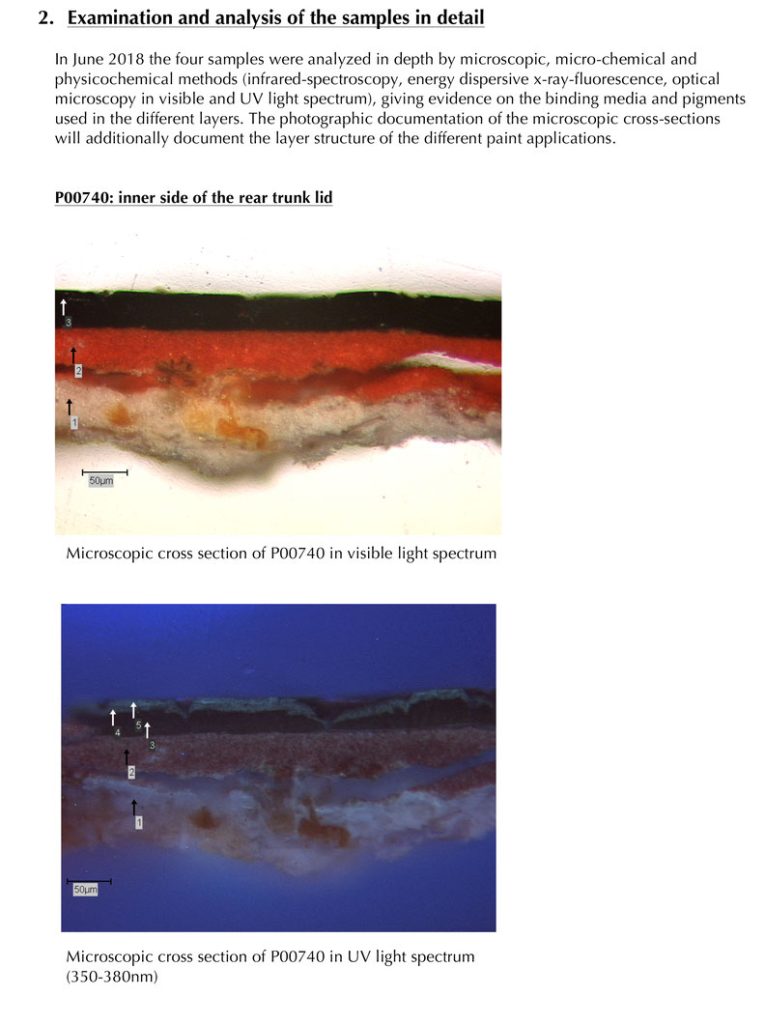
The layers found here can be described as following: (the layers are listed from top to bottom, like visible on the cross-section photos above)
- Layer 3: dark green metallic color coat, containing Phtalocyanine green pigment (PG7) and metal flakes (made from an iron-zinc alloy, not aluminium). The binding medium here is a mixture of acrylate-styrene copolymers and acrylate-methacrylate copolymers.
- Layer 2: red filler containing red iron oxide, kaolin clay, calcium carbonate, and titanium oxide. The binding medium of this material is cellulose nitrate.
- Layer 1: off-white basecoat with quite soft structure, this material consists of unsaturated, styrolized polyester mixed with silica filler, talcum, and it contains small amounts of yellow iron oxide (the latter may also relate to rusting of the sheet metal)
In the case of the Bullitt Mustang, the paint analysis helped articulate its storied provenance. For authentication purposes, this type of work can delineate originality based on pigments and chemical composition. In a restoration effort, it can help match, and recreate, a paint’s properties with pinpoint accuracy.
Tutt was careful to note, though, that there’s always a modern trace left: “There are some paint ingredients you use today that are different; the old ones are not allowed anymore. They’re a very low percentage in the paint, but you can trace these when you do analysis. Softeners that are typical for the 2000s were not available in the 1930s, for example.”
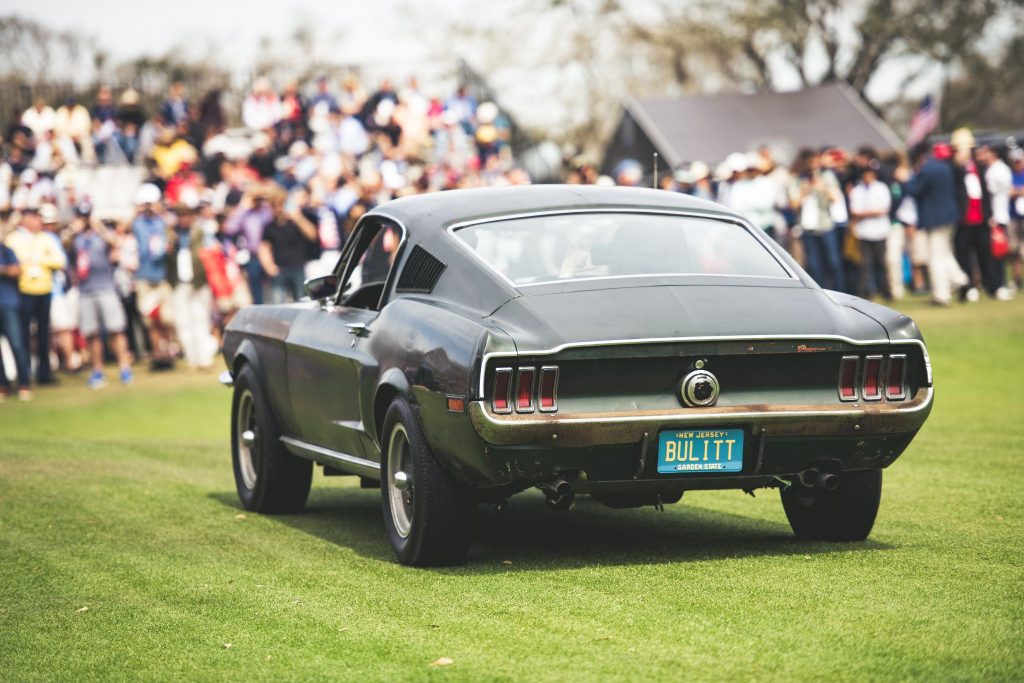
For upholstery, analysis is frequently requested for restoration objectives and involves material, process, and historical supplier research. From there, it’s a matter of sourcing: “There’s a network of people reweaving fabric and working a lot of other materials in the old way, so you can duplicate the material from the subject car,” says Tutt. Some of the original manufacturers exist, but the order would be so small as to make it impractical.”
These examples barely skim the surface of the work performed by folks like Kramer and Tutt, and by larger organizations like Mercedes Classic. That Tutt wrote an entire doctoral thesis focused on the “History, materials, and techniques of motor-vehicle painting between 1900 and 1945” speaks volumes to the depths of detail involved in this analytical element of our hobby.
Peace of mind
The collector car market continues to grow, and though prices have cooled of late, there’s no shortage of expensive, rare cars and new buyers entering the market. Knowledge is king, and a detailed understanding of the provenance of a potential purchase can put a much finer point on what it’s worth.
From a restoration perspective, at least for those concerned with authenticity, a forensic deep dive is a critical step in ascertaining how to move forward with the work.
Then there is the occasional surfacing of counterfeit cars. No one wants to spend big money on something only to find that another car with the same identification number is already registered to someone else. It’s a rare occurrence, and there’s no sure-fire way to guarantee a fake won’t successfully slip into the market, but fortunately, buyers have preventative measures.
We frequently encourage those in the hobby to do their own research before hopping into the market. Sometimes, though, a genuine, authentic professional is the best bet.









